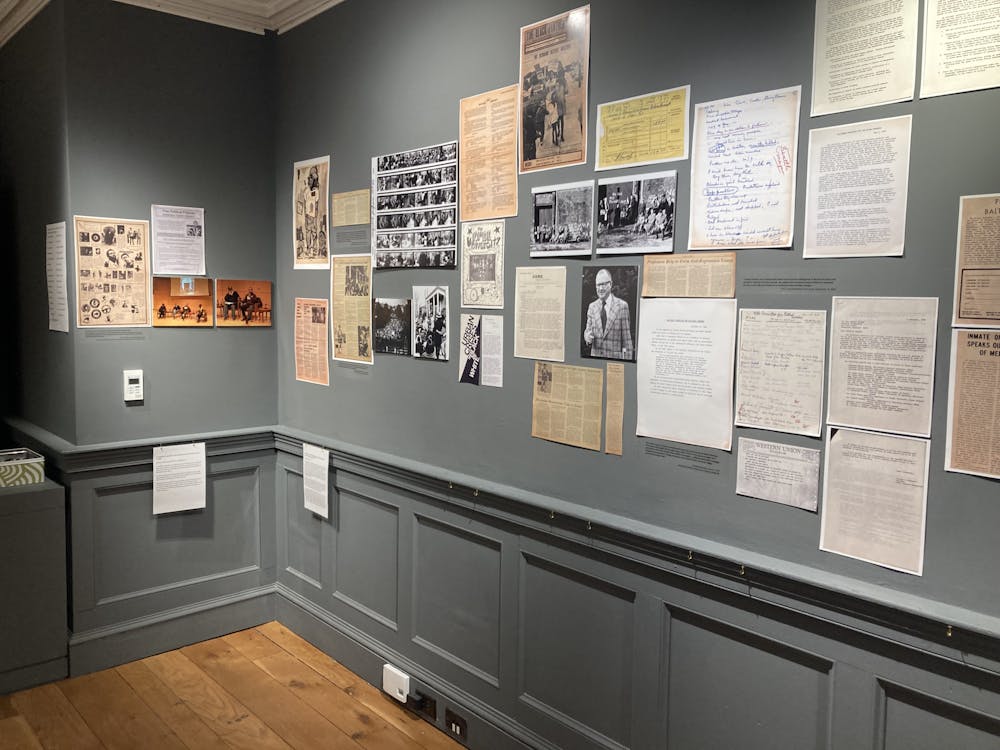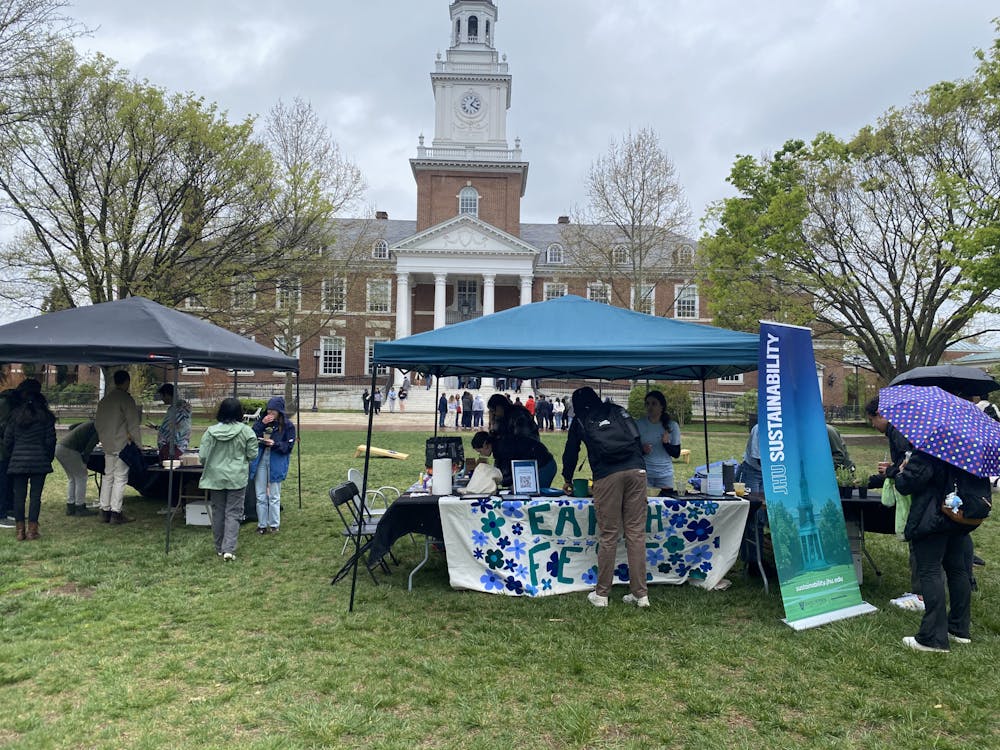The Office of the Provost is developing a new online career services platform that will be available to all Hopkins students as part of an effort to consolidate career services across the University’s nine schools.
Currently, each school is responsible for providing its own career services. Different online career platforms are available to students, depending on which school they attend. For example, students at Homewood use Handshake, while those at the Carey Business School use Symplicity.
Some students who are enrolled in more than one school may have to navigate multiple platforms, while other students may attend a school that does not offer such services. Students can only access the career services offered by the school they attend.
Kathy Bovard, director of coaching and education for the Carey Business School’s Career Development Team, hopes that the new platform will improve coordination between each school’s career center and make the University’s career services more cohesive.
Bovard pointed to disparities in staffing and resources between the different career centers, describing those at divisions like the School of Nursing and the School of Education as “one-person operations.”
“Many of our students didn’t have access to foundational resources and information,” she said.
The new University-wide platform is expected to launch in the 2018-19 academic year, after the administration chooses a vendor. Handshake and Symplicity are top candidates, although other vendors are being considered.
In September, the University introduced a new career planning website accessible to all nine schools, which provides a step-by-step approach to career planning for various disciplines.
Bovard described the website as a temporary solution, adding that resources on it will be incorporated into the University-wide platform next year. She explained that the resources on the new platform will be customizable based on the user’s career interests and prospective degree.
“The website is just a static information resource for now,” she said. “That’s one initiative. Moving to a university-wide platform for managing career services is another initiative.”
Senior Meera Kesavan liked that the website’s layout was straightforward.
“The website is designed so that anyone, no matter what year they are, can use it effectively,” she wrote in an email to The News-Letter. “I like that there is an entire section to evaluate myself and figure out my strengths and skills.”
The university-wide online platform is part of the Student Services Excellence Initiative (SSEI), a project led by the Office of the Provost and the Office of the President.
The project, which began last year, aims to improve student services in recruitment and admissions, advising, registration, financial aid, billing, career services, and alumni tracking.
SSEI conducted an assessment of student services as part of its assessment phase last year. Students, faculty, staff and alumni also formed “working groups” to provide recommendations.
The University hired consulting firms to help compile a list of 50 key recommendations, one of which suggested a university-wide career services platform. According to Vice Provost for Student Affairs Kevin Shollenberger, career services drew more feedback than other student services.
“We had students who weren’t part of Krieger and Whiting wanting to be on Handshake,” Shollenberger said. “[Students] didn’t understand why we have these different systems and different contracts.”
Shollenberger said that while SSEI will make the career centers of the nine different schools more collaborative, they are not necessarily unifying the different career centers.
“It’s unlikely there will be one central career services, but [there will be] a structure that makes sure there is coordination across the schools,” he said.
James Aumiller, senior associate dean for strategic initiatives, said that career services is a top priority since student satisfaction in that area was the lowest. He added, however, that not all the career centers, such as that of Carey Business School, received low ratings.
In its assessment of the University’s career services, Deloitte identified “quick wins” for the SSEI to tackle in its first implementation phase, including the website released in September.
Aumiller emphasized that changes to career services will not revolve solely around online projects, saying that part of why the platform is one of SSEI’s first projects is because it was universally accepted.
Supplying other resources, he said, will take longer to implement.
“We’re getting all the issues on the table for the deans and the provost to discuss,” Aumiller said.
Career coaching was another one of the resources Aumiller identified as needing further development.
“[Some] schools have no coaching or they have somebody who does five jobs and does a third of time doing their coaching when they are not really a professional career coach,” he said.
In addition to addressing student needs, the SSEI hopes to make hiring Hopkins affiliates simpler for employers. Aumiller said that the online platform will help expose employers to students from a wide range of disciplines.
“It’s more economical for them,” he said. “Right now they have go to multiple [schools], and sometimes they get frustrated.”
Aumiller said that vendors like Symplicity allow for institutions to highly customize their platforms, presenting inconveniences for employers who then have to make adjustments.
On the other hand, vendors like Handshake provide networking at the expense of customizing resources, easing the hiring process for employers.
Over the summer, senior Taylor Veracka participated in a SSEI-led focus group which assessed potential vendors for the university-wide online platform.
Veracka, who works in Homewood’s Career Center, said that alumni continue to look to Hopkins for career resources after graduating.
“Right now the Hopkins Career Center only has access to alumni who have been graduated for five years or fewer,” she said. “That leaves a lot of alumni without a job search portal.”
Currently, administrators are unsure whether existing vendors will be phased out under the new platform.While Veracka believes that Handshake will remain active at Homewood, both Aumiller and Shollenberger suggested that the university-wide platform may replace separate online platforms.
These plans are not yet fully developed and remain a point of discussion for SSEI. But Shollenberger and Aumiller assured that the transition process will be smooth.
“We would hope within the next month we would be able to announce who our single vendor is,” Aumiller said.
While Veracka believes that some confusion may ensue once the new platform is live, she thinks that ultimately it will be a useful resource for all students.
“As much emphasis the University puts on career services, they haven’t always been properly funded,” she said. “The more you can go on and explore different resources, the better.”
Trisha Parayil contributed reporting.















Please note All comments are eligible for publication in The News-Letter.